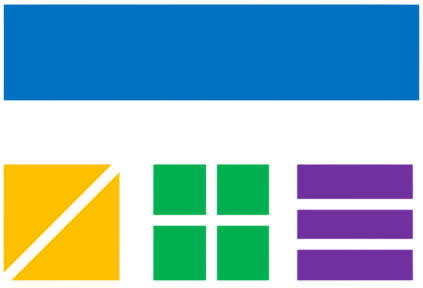Retirement Calculator Information
What is a Retirement Calculator?
Retirement Calculator helps you estimate how much you need to save for retirement and whether you're on track. Enter your current savings, contributions, expected return, and retirement goals to see your projected balance. This tool is ideal for anyone planning for financial independence and a secure retirement.
How Retirement Savings Grow
Retirement savings grow through regular contributions and compound returns. The earlier you start, the more time your money has to grow exponentially. Understanding these key concepts is essential for effective retirement planning:
- Principal: Your current retirement savings balance
- Contribution: The amount you add regularly (monthly, quarterly, or yearly)
- Expected Return: The annual rate of return on your investments
- Compound Interest: Earnings on your earnings over time
- Retirement Goal: The amount you want to have saved by retirement age
- Time Horizon: Years until you plan to retire
How Much Should You Save?
A common rule of thumb is to save 10–15% of your income for retirement. The exact amount depends on your goals, lifestyle, expected expenses, and when you start saving. The formula for future value with regular contributions is:
- A = Future value of your retirement savings
- P = Current savings balance (principal)
- r = Annual return rate (as a decimal)
- n = Number of compounding periods per year
- t = Years until retirement
- PMT = Regular contribution per period
Example: $50,000 current, $500/month, 6% return, 25 years
Projected Retirement Savings: $410,000
Retirement Savings Strategies
Different Approaches to Retirement Saving
The 4% Rule
Withdraw 4% of your portfolio annually in retirement
Requires saving 25x your annual expenses
The 80% Rule
Aim to replace 80% of pre-retirement income
Accounts for reduced expenses in retirement
The 10x Rule
Have 10x your salary saved by age 67
Simple guideline for retirement readiness
The 15% Rule
Save 15% of your income for retirement
Including employer contributions
Tips for Retirement Planning
- Start saving as early as possible to maximize compound interest
- Increase your contributions when you get raises or bonuses
- Take advantage of employer matching contributions
- Diversify your investments to manage risk
- Review your plan regularly and adjust as needed
- Consider tax-advantaged accounts like 401(k)s and IRAs
- Plan for healthcare costs in retirement
- Have a backup plan for unexpected expenses
Retirement Account Types
Understanding Different Retirement Accounts
401(k) Plans
- Employer-sponsored retirement plan
- Pre-tax contributions reduce taxable income
- Employer matching contributions available
- Higher contribution limits than IRAs
Traditional IRA
- Individual retirement account
- Pre-tax contributions (if eligible)
- Tax-deferred growth
- Required minimum distributions at age 72
Roth IRA
- After-tax contributions
- Tax-free growth and withdrawals
- No required minimum distributions
- Income limits for contributions
SEP IRA
- For self-employed individuals
- Higher contribution limits
- Employer contributions only
- Simple administration
Frequently Asked Questions (FAQ)
Q: When should I start saving for retirement?
A: As early as possible. The sooner you start, the more your money can grow through compound interest. Even small amounts saved early can grow significantly over time.
Q: How much do I need to retire?
A: It depends on your lifestyle, expenses, and goals. Many aim for 70–80% of pre-retirement income per year. Use the 4% rule as a starting point: multiply your desired annual income by 25.
Q: What accounts should I use?
A: Start with employer-sponsored plans (401(k), 403(b)) to get matching contributions, then consider IRAs. Roth accounts offer tax-free withdrawals in retirement.
Q: Can I catch up if I started late?
A: Yes, increase your contributions, take advantage of catch-up provisions (age 50+), delay retirement if possible, and consider working part-time in retirement.
Q: What if the market crashes near retirement?
A: Diversify your investments and gradually shift to more conservative allocations as you approach retirement. Consider having 1-2 years of expenses in cash or bonds.
Important Disclaimers
Disclaimer: This calculator provides estimates for educational purposes only. Actual retirement savings and returns may vary significantly based on market performance, investment choices, and personal circumstances.
Always consult with a financial advisor or retirement planning professional for personalized advice. This calculator does not account for inflation, taxes, or all possible expenses in retirement.
Investment returns are not guaranteed and past performance does not guarantee future results. Consider your risk tolerance and investment timeline when making retirement planning decisions.
